by Jim Tarbell
In the early 1900s, after corporate money took over our political system, Wall Street corporate
lawyers became the chosen political appointees to run the US State and War Departments and later created the Council on Foreign Relations as a think tank to develop pro-corporate military and foreign policies.
In the second half of the 20th Century, the next generation of Wall Street lawyers developed the Central Intelligence Agency (CIA) to serve the interests of their corporate clients and the multi-national corporate class.
Wall Street corporate lawyers Bill Donovan, Bill Casey and Allen Dulles worked to create the CIA. Donovan ran the World War II Office of Strategic Services (OSS) that morphed into the CIA, along with its staff of scions of American wealth. Casey served as Donovan’s right-hand man at OSS and served as CIA Director from 1981 to 1988. Dulles met Donovan at a Republican gathering of Wall Street lawyers and soon joined the OSS as a flamboyant agent in Switzerland.
After the war, Allen Dulles and his brother John Foster Dulles worked as members of the famously corporate/imperial Sullivan and Cromwell Wall Street legal firm. They carried on that work when President Eisenhower appointed Allen Dulles Director of the CIA, and his brother, John Foster Dulles, Secretary of State in 1953. Together they made the CIA a covert military operation to benefit their corporate clients.
In 1953, the CIA overthrew the democracy in Iran for the benefit of the investors in British Petroleum. The next year, the CIA ousted the elected Guatemalan President Arbenz to benefit the United Fruit Company.
As European colonial empires collapsed in the late 1950s, the Belgian corporation Union Miniere, that mined copper and supplied the uranium used in atomic bombs, hired mercenaries to break away the mineral-rich Katanga province from the Congo. Days before John F. Kennedy (JFK) became president, the CIA helped assassinate the Congolese President Patrice Lumumba, who opposed the Union Miniere's efforts in Katanga Province. As the Congo exploded in war, United Nations Secretary General Dag Hammarskjöld worked to bring peace to the region, which caused Dulles to say, "Dag is becoming troublesome … and should be removed." In September 1961, Dag Hammarskjöld died in a plane crash blamed on the CIA.
Trying to get control of the CIA, JFK forced Dulles to retire. The new CIA Director, John McCone, famed war profiteer and cofounder of the military industrial giant Bechtel, took oversight of the CIA out of the hands of the corporate lawyers and into the hands of the military-industrial-complex.
Bemoaning his lack of control over the CIA, JFK moved ahead to bring peace to the world. He
started pulling US forces out of Vietnam. He embraced a global peace where all nations “live together in mutual tolerance, submitting their disputes to a just and peaceful settlement.” He built relationships with his political adversaries: Nasser in Egypt; Sukarno in Indonesia; and
Castro in Cuba. He also embraced “general and complete disarmament.”
Many movies and books on the assassination of JFK, implicate the CIA in his murder a few month after he made his Peace for All Time speech at the American University. It leads one to conclude that the murders of Martin Luther King Jr. and Robert F. Kennedy and, who both promoted global peace, may have been at the hands of the CIA. It also leads one to wonder how active the CIA and the military-industrial-complex are in shutting down all current efforts to bring about global peace.
The time has come to clear up all these questions. There is no place in a democratic society for an opaque government institution, with an unknown budget, operating for the benefit of powerful corporations and beholden to no one except corporate investors. We should terminate the CIA, open all its records for public scrutiny and make a place for global peace now!
(See Part 1 of this article here.)

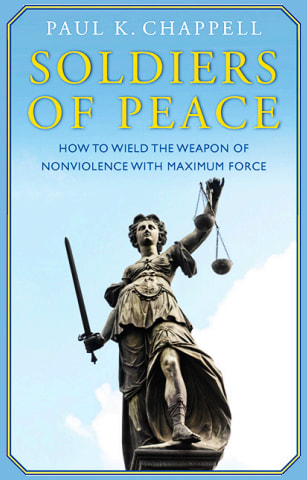
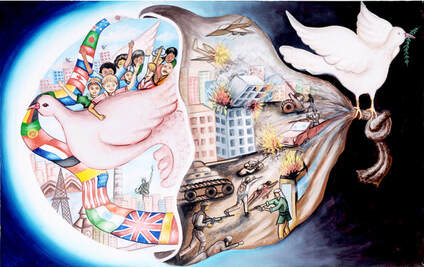

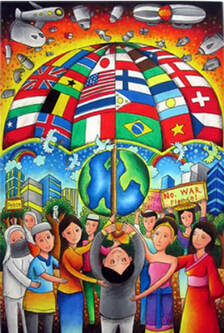

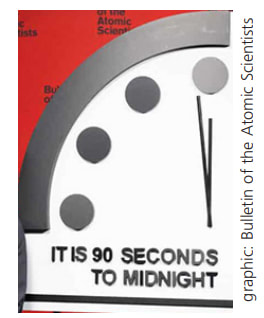
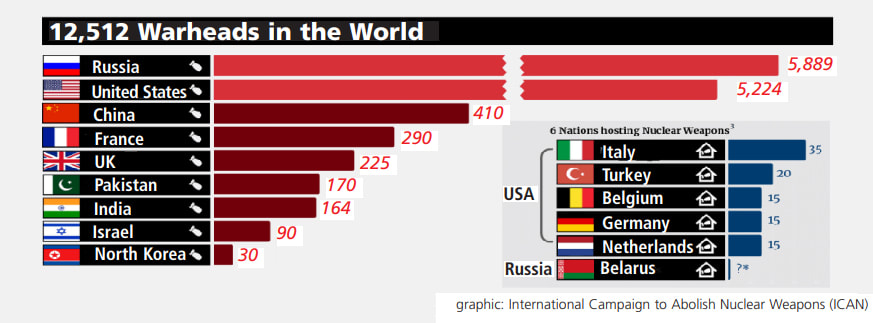
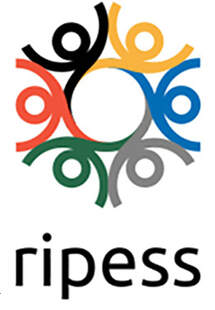
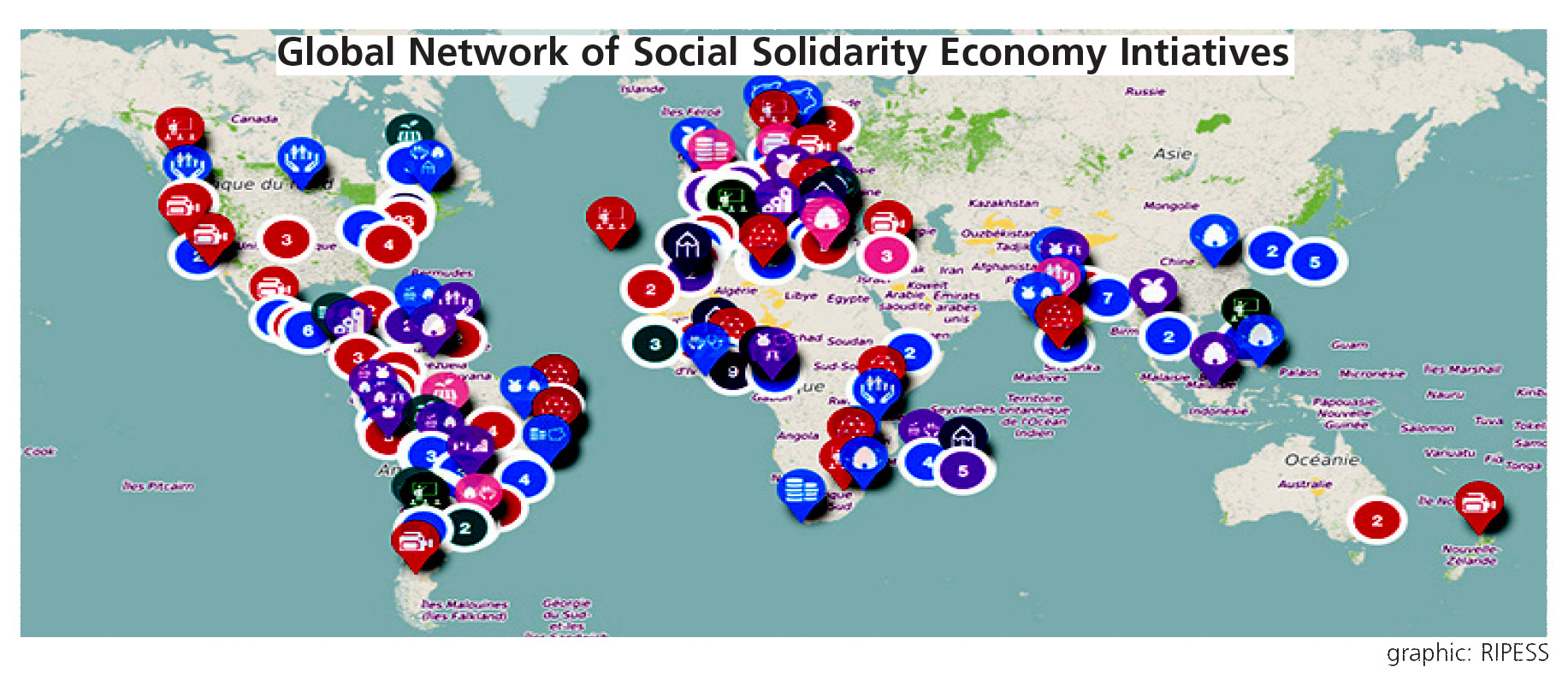
 RSS Feed
RSS Feed
